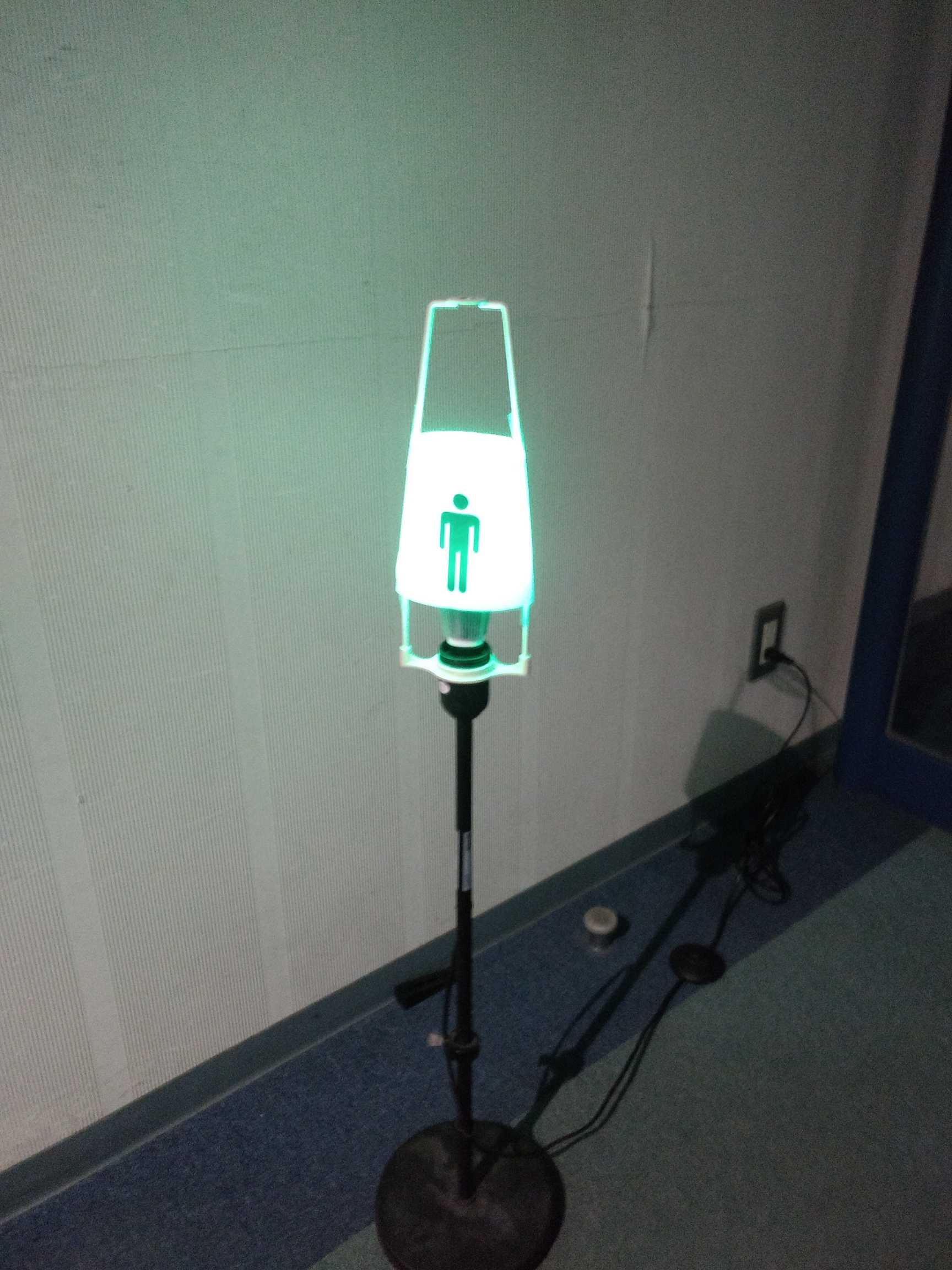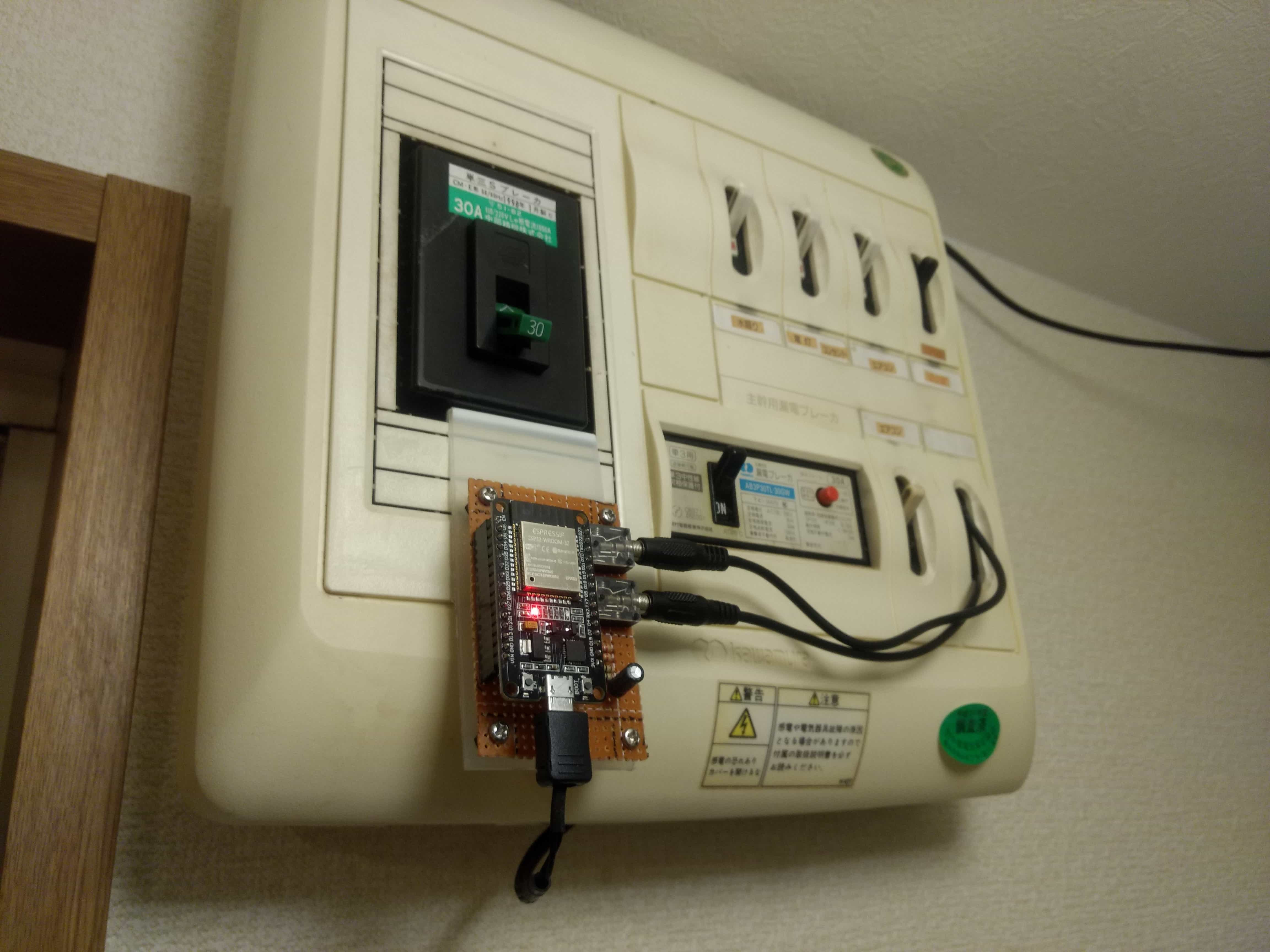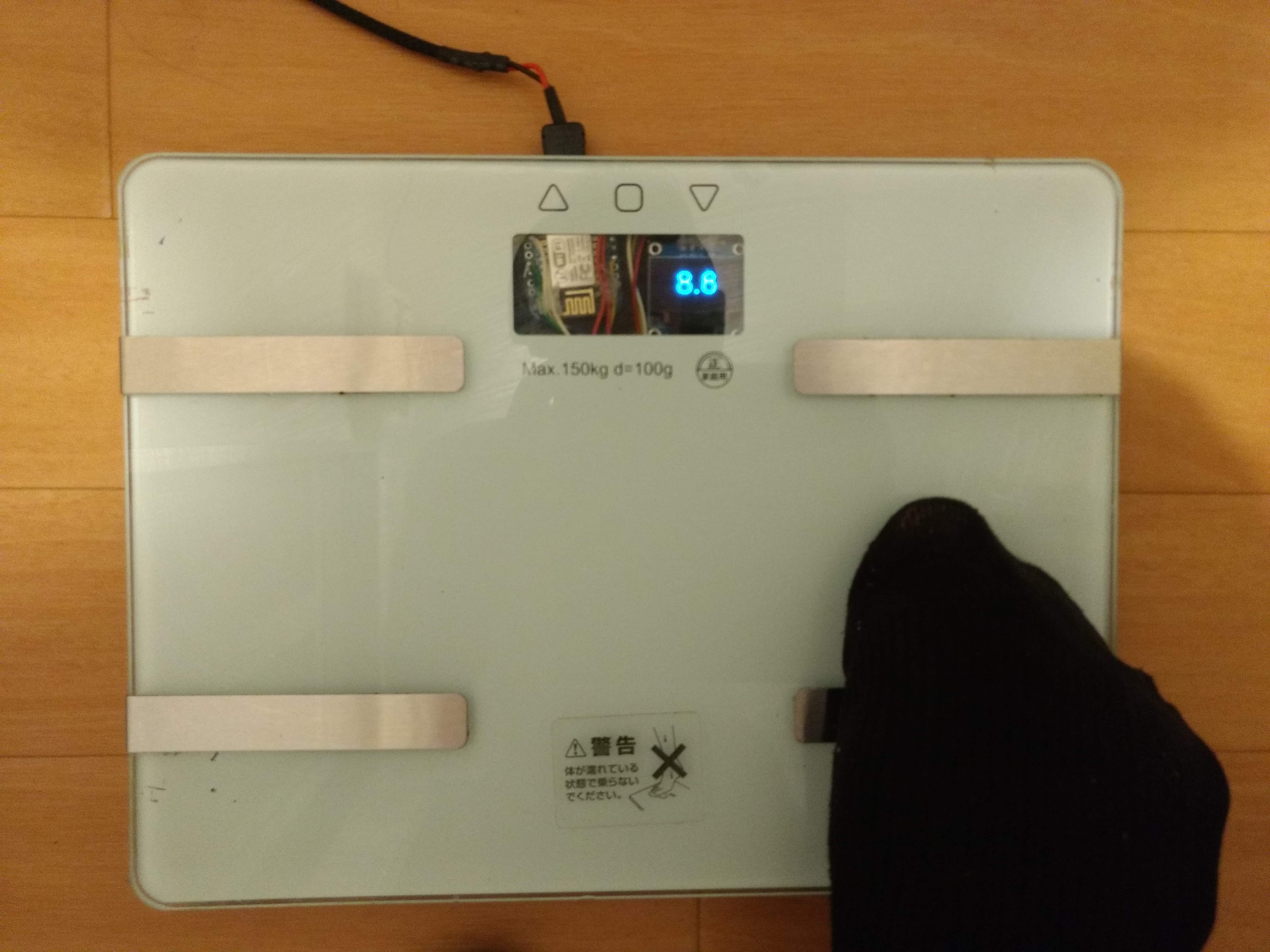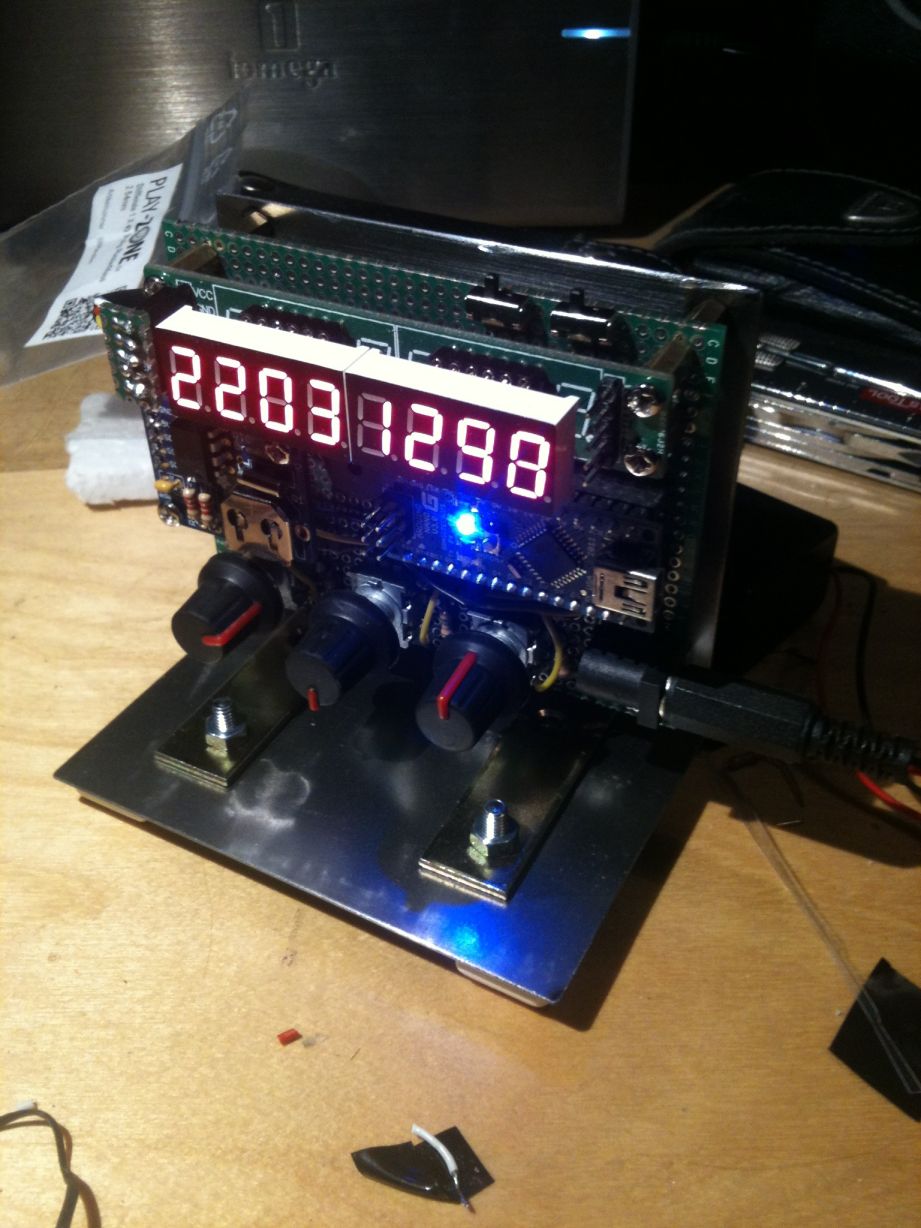Articles
Bathroom occupancy monitor

One of the companies I used to work for had a serious bathroom issue: My floor had only three toilet stalls for about 200 employees. There were countless times when I would walk all the way to the bathroom only to find all stalls occupied. I built this simple system to quickly identify whether one or more stall were. It consists of an IoT sensor installed on the bathroom stalls' door and an indicator placed somewhere easily visible.
IoT heater controller

The thermal insulation of my apartment not being the best, I decided to buy an electric heater in order not to freeze during cold winter nights. However, the one I got was probably too powerful for my needs and letting it run for too long would heat up my place too much. Thus, I added a wifi enabled controller to it so its operations are controlled by my home automation system.
IoT lock
Have you ever left your apartment and couldn't remember if you locked your front door or not? Sadly, if it is unlocked, there is not much you can do about it until you get back home. This system is an attempt to solve the problem. Simply put, it consists of attaching an actuator to the door's original locking mechanism control it with through WiFi.
IoT Current consumption monitoring system

When you don't know how much power your air conditioner draws, it's easy to leave it running without feeling too guilty. And then the electricity bill comes...
IoT RFID reader

RFID is a conveninent technology for access control and authentication. In this project, I connected an RC522 RFID reader to an ESP32 in order to use it for IoT applications. Additionally, to provide feedback to the user, the ESP32 is also connected to an SSD1306 OLED display and a buzzer. I chose an ESP32 over an ESP8266 simply because of the amount of GPIOs required.
IoT scale

Keeping track of one's body weight usually involves manually writing down measurements on a spreadsheet or similar. To automate the process, I removed the electronics of a cheap scale, keeping only the load cells, and replaced it with my own.
IoT ceiling lights

An IoT RGBW LED controlled via MQTT with integrated motion and illuminance sensor.
Arduino button debounce function

Physical buttons and switches do not switch between open and close position instantly and perfectly. Instead, they have a tendency to "bounce" between the two states before settling on one. This issue is thoroughly described in circuitdigest's excellent article. Consequently, when using such components with, for example, an Arduino microcontroller, a proper debouncing algorithm must be implemented.
Controlling a motor using an H bridge
A DC motor model can be as simple as: T = K * I where T is the torque provided by the motor, K the motor constant and I the current that flows through it. From this simple model, one can see that if the sign of the current changes, that of the torque also changes. Thus, changing the direction of rotation of a DC motor is a simple as reverting flow into it.
Arduino 7-segment alarm clock

This is one of my earliest electronics project: An alarm clock built around an Arduino nano, a real-time clock (RTC) module and a 7-segment display.